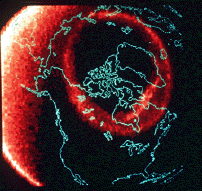This image shows the auroral oval over the northern hemisphere.
Click on image for full size
L. Frank
Space Weather Mysteries & Unanswered Questions
The study of space weather is a relatively young science. As such it has many unanswered questions and unsolved mysteries. Although some of our data relevant to space weather, such as sunspot counts, go back many years, most of knowledge of the field stems from recent times. Supercomputers, satellite-borne instruments, and telescopes capable of imaging the Sun in many different parts of the electromagnetic spectrum are recent developments, and each plays a large role in our developing understanding of solar science and space weather.
Here are a few of the unsolved mysteries related to space weather:
You might also be interested in:
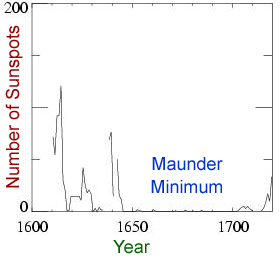
Surprisingly, humans have observed sunspots for a very long time, so historical sunspot observations provide us with some of our best long-duration records of solar activity. Large sunspots can sometimes
...more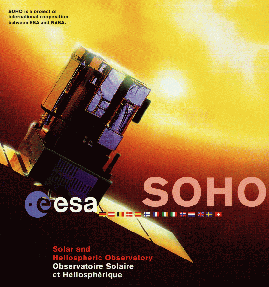
Observations by Earth-orbiting satellites and other spacecraft have revolutionized our understanding of the Sun and space weather in recent years. A host of spacecraft provide a flood of information about
...more
With just our eyes, we can see many things in the night sky, including stars, planets, meteors, comets, auroras, and the Moon. Have you ever looked up and wished that you could take a closer look at the
...more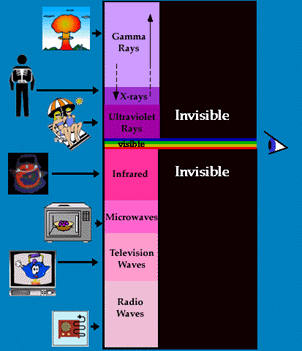
Light is a form of electromagnetic radiation that is very familiar to us. However, there are several other forms of electromagnetic (EM) radiation, such as X-rays, radio waves, and ultraviolet and infrared
...more
Energy from the Sun is one of the primary drivers of the Earth system. The Sun warms our planet, heating the atmosphere. This energy feeds atmospheric processes and is a primary driver of our weather.
...more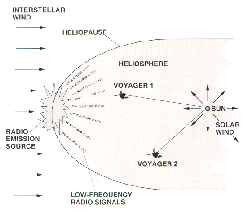
"Helios" is the ancient Greek word for the "sun". The Heliosphere is the entire region of space influenced by the sun. That would include the regions of space which contain the IMF. The magnetic field
...more
Scientists combine various techniques to study space weather. Earth-based and orbiting telescopes constantly observe the Sun in many different wavelengths. Both satellites and ground-based instruments
...more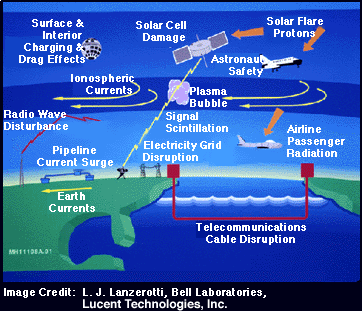
Although space weather forecasts are not normally featured on the evening news, space weather does impact life on Earth in many ways. Our modern, technologically complex systems - including communications,
...more


